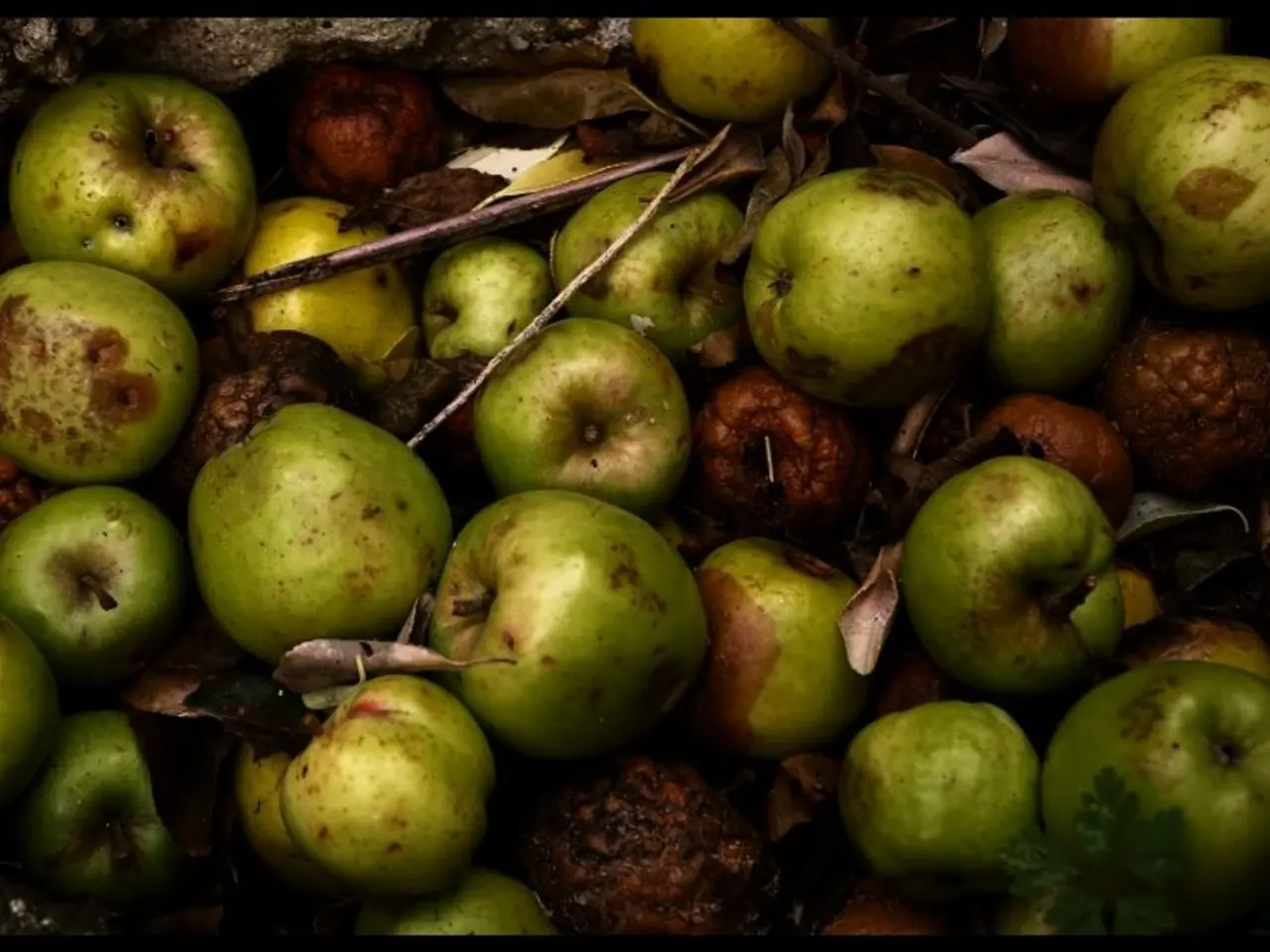Abundant Plant Protein Prepared for Mainstream Use, According to Leaft Foods
In the world of plant-based proteins, a New Zealand-based startup named Leaft Foods is making waves with its innovative approach to Rubisco extraction. The company, which recently secured $20 million in equity funding from Khosla Ventures and ACC's Climate Change Impact Fund, among others, is partnering with both large multinationals and smaller companies for delivering products to market.
Rubisco, the planet's most abundant protein found in green leaves, has long been recognised for its superior nutritional profile, digestibility, and functional properties compared to traditional proteins like whey. Leaft Foods believes Rubisco can compete on price with whey protein concentrate, opening up a substantial and profitable market.
The company's success in commercializing Rubisco protein at scale was recently marked by the launch of their first consumer product, a pre-workout drink called Leaft Blade, containing 17g of Rubisco protein. Leaft Foods operates a commercial demonstration facility in Canterbury, New Zealand, capable of producing about one ton of protein per week. This facility has validated both the science and economics of Rubisco production.
Leaft Foods' focus on Rubisco doesn't mean they neglect their co-products. The company commercializes all co-products and has contracts in place for them, allowing them to focus on Rubisco. Their Rubisco concentrate has over 80% purity and exhibits emulsification, gelling, and foaming characteristics.
The extraction of Rubisco is no easy feat, requiring the processing of large amounts of biomass and the careful removal of cellulose, chlorophyll, polyphenols, and other components without denaturing the protein. Leaft Foods has found an economically viable way to do this using alfalfa leaves, a crop that is incredibly productive, fixing its own nitrogen, being efficient with water, and having deep roots.
Looking ahead, Leaft Foods plans to expand beyond alfalfa to other forage crops suitable for different climates and agricultural systems, indicating a diversified and scalable future supply chain. The company projects that within a decade, Rubisco protein may become as commonly referenced as whey protein is today.
Leaft Foods' Rubisco has self-GRAS status in the US market, and the company is already working across dairy and bakery categories, with potential products hitting the market within 12 months. The company's vision encompasses broad food applications due to Rubisco’s gelling, foaming, emulsifying, and solubility functionalities, combined with a significantly lower environmental footprint (97% fewer carbon emissions than whey).
In the face of growing demand for sustainable and nutritious protein sources, Leaft Foods is at an advanced stage of commercialization, with active product launches and growing industrial capacity. The company's success in the Rubisco market could mark a significant expansion in the role of plant-based proteins in the global food industry in the coming years.
- Leaft Foods' innovative Rubisco extraction technique, found in green leaves and recognized for its superior nutritional profile, is aiming to challenge the price of traditional whey protein, potentially opening up a significant market in the realm of health-and-wellness and fitness-and-exercise.
- With their first consumer product, a pre-workout drink named Leaft Blade, containing 17g of Rubisco protein, Leaft Foods demonstrates the scalability of their science, already producing about one ton of protein per week at their Canterbury, New Zealand, facility.
- With a focus on Rubisco and its 80% purity, Leaft Foods still commercializes all other co-products, leveraging technology to optimize efficiency in their food-and-drink production and creating a sustainable lifestyle.
- As part of its strategic plan, Leaft Foods intends to explore other forage crops to ensure a diverse and scalable future supply chain in the realm of agriculture technology, with the goal of making Rubisco as common as whey protein in discussions about nutrition and healthy diets within the next decade.




